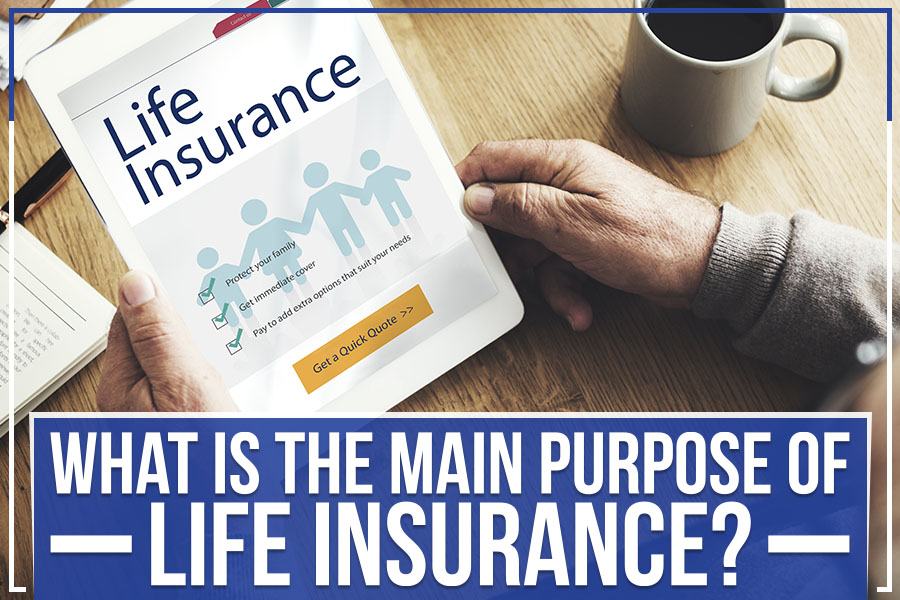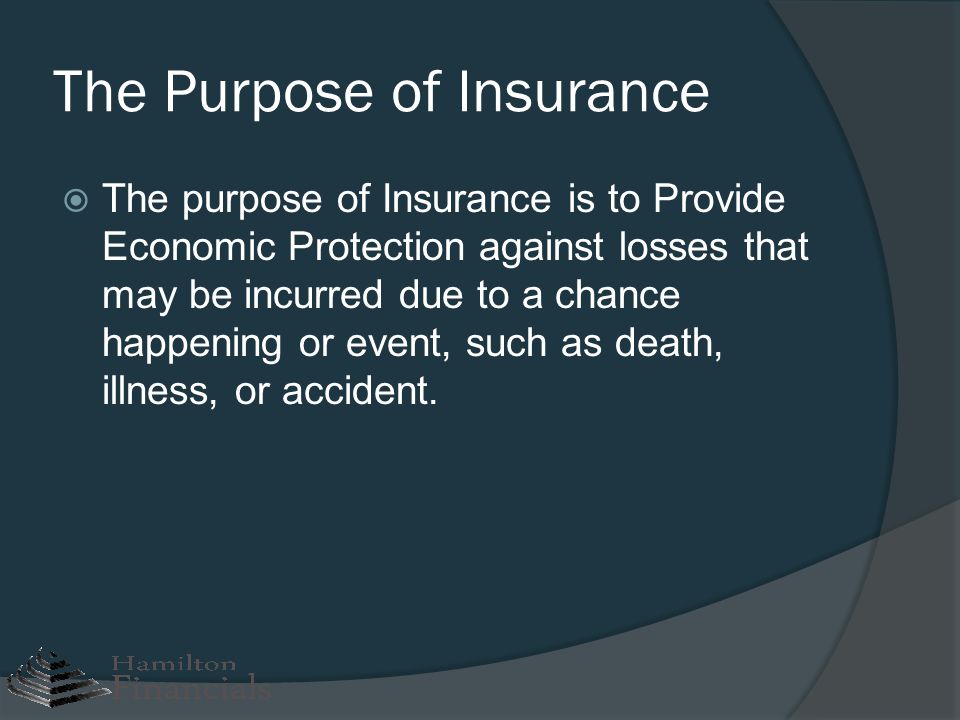Getting The Pacific Prime To Work
Getting The Pacific Prime To Work
Blog Article
Examine This Report about Pacific Prime
Table of ContentsThe Definitive Guide to Pacific PrimeThe Buzz on Pacific PrimeSome Of Pacific PrimeThe Best Strategy To Use For Pacific Prime
In most states, the insurance company is called for to send you a duplicate of the adjustments to your policy. It is very important that you review Endorsements or Riders so you comprehend exactly how your plan has changed and if the plan is still appropriate to satisfy your needs. To acquire a copy of your insurance coverage, please contact your insurance policy agent or firm.
The Institute of Medicine (IOM) Committee on the Repercussions of Uninsurance launches an extended assessment of proof that addresses the relevance of medical insurance coverage with the publication of this record. Protection Issues is the first in a collection of six reports that will certainly be provided over the next 2 years documenting the truth and effects of having an approximated 40 million people in the United States without health and wellness insurance coverage.

All about Pacific Prime
The objective of this collection of studies is to redouble policy interest on a historical issue. Following the lengthiest financial development in American background, in 1999, an approximated one out of every six Americans32 million grownups under the age of 65 and greater than 10 million childrenremains uninsured (Mills, 2000).

10 percent of the population represent 70 percent of wellness care expenditures, a connection that has actually stayed constant over the past three decades (Berk and Monheit, 2001) - group insurance plans. Thus medical insurance remains to offer the function of spreading out risk even as it significantly finances routine care. From the point of view of healthcare companies, insurance policy lugged by their patients helps secure an earnings stream, and areas take advantage of financially feasible and secure healthcare practitioners and organizations
Federal government supplies health and wellness insurance to populations whom the personal market might not offer properly, such as impaired and senior citizens, and populations whose accessibility to health treatment is socially valued, such as kids and expectant females. The supreme ends of health insurance policy protection for the specific and areas, consisting of office communities of staff members and companies, are enhanced health and wellness results and high quality of life.
What Does Pacific Prime Mean?
Employees place medical insurance first without a doubt in value among all the advantages offered in the office (Salisbury, 2001). There have been large investments of individual and public funds to give health and wellness insurance, several people still have no coverage. In spite of comprehensive coverage of survey searchings for and wellness treatment research study results, the basic public stays overwhelmed and mistaken about Americans without medical insurance and the implications of lacking insurance coverage.

Without doubt, the complexity of American health treatment funding systems and the wealth of sources of info include to the general public's complication and skepticism concerning medical insurance stats and their interpretation. go to these guys This record and those that will certainly follow objective to distill and offer in readily reasonable terms the extensive research that births on questions of health insurance coverage and its importance.
Fifty-seven percent of Americans polled in 1999 believed that those without medical insurance are "able to obtain the treatment they require from physicians and healthcare facilities" (Blendon et al., 1999, p. 207). In 1993, when nationwide focus was concentrated on the problems of the uninsured and on pending health care regulation, just 43 percent of those polled held this idea (Blendon et al., 1999).

They also receive less precautionary solutions and are less most likely to have normal care for chronic conditions such as hypertension and diabetes. Persistent illness can lead to expensive and disabling problems if they are not well handled (Lurie et al., 1984; Lurie et al., 1986; Ayanian et al., 2000). One nationwide study asked greater than 3,400 adults about 15 very serious or somber problems.
Pacific Prime Things To Know Before You Get This
Added proof is presented later on in this chapter in the conversation of insurance policy and access to healthcare. https://www.huntingnet.com/forum/members/pacificpr1me.html. People without medical insurance are young and healthy and pick to do without insurance coverage. Nearly half (43 percent) of those surveyed in 2000 believed that people without wellness insurance coverage are much more likely to have health issue than people with insurance policy
Voters and plan manufacturers in emphasis team conversations define those without insurance coverage as youngsters that have the opportunity to be covered and feel they do not need it (Doorperson Novelli, 2001). Compared to those with at the very least some private coverage, the without insurance are less likely to report remaining in exceptional or very great health (Firm for Medical Care Research Study and High Quality, 2001).
SOURCE: Center for Price and Financing Research Studies, Firm for Health Care Research and High quality, based upon MEPS data. Youthful grownups between 19 and 34 are much more likely to do not have medical insurance than any other age team. This is primarily since they are much less commonly qualified for employment-based insurance because of the nature of their work or their short tenure in it.
The assumption that individuals without insurance policy have better-than-average health complies with from confusing the fairly young age profile of the without insurance with the far better wellness, typically, of younger persons. This obscures the web link in between health and wellness condition and health and wellness insurance policy. For those without accessibility to office medical insurance, poor health is a possible barrier to purchasing nongroup coverage because such protection might be extremely valued, omit pre-existing problems, or be merely inaccessible.
Report this page